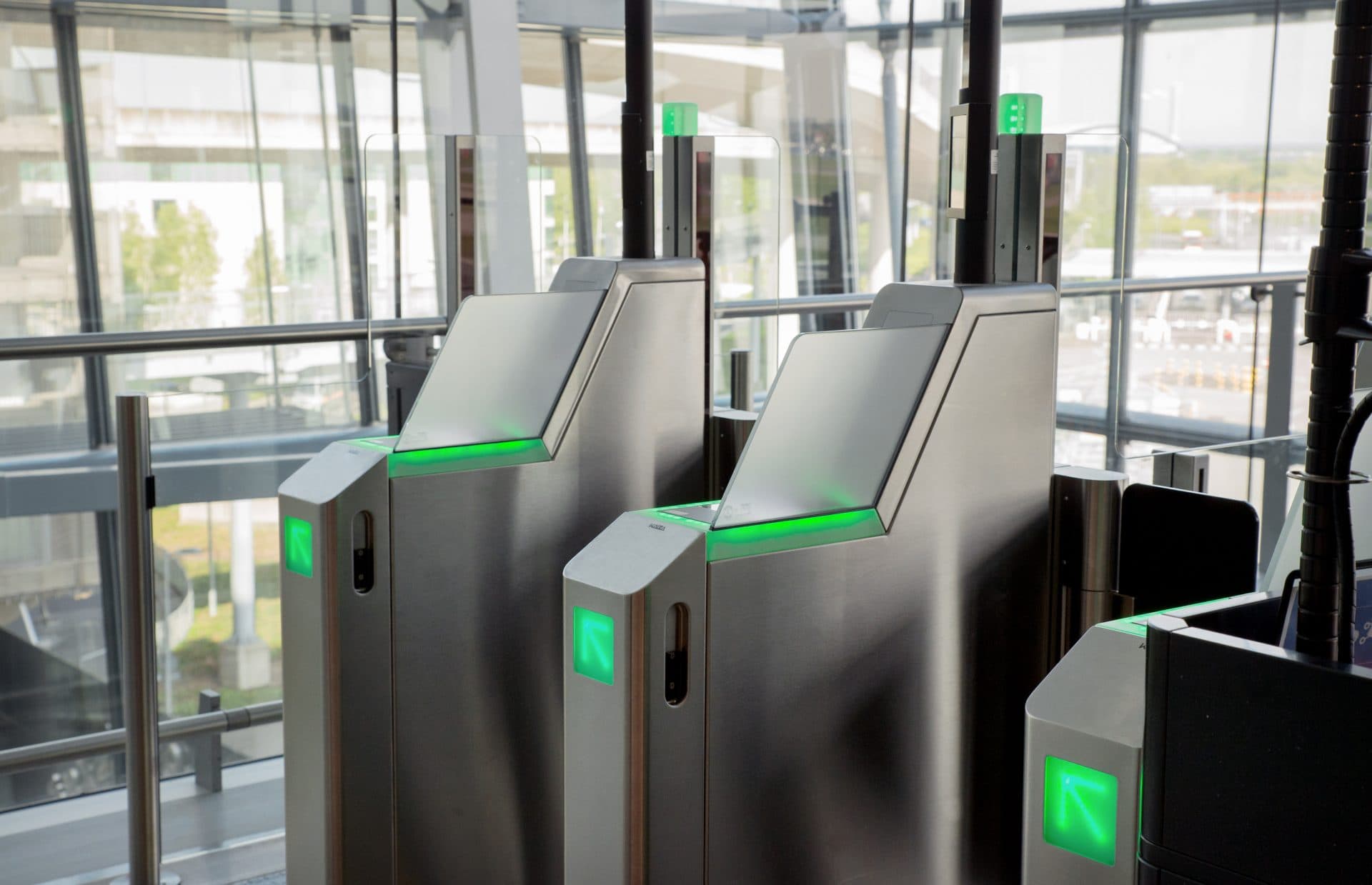In times of change, we find opportunities to do things better. The pandemic that’s currently shaking our planet has forced the airport sector to rethink how it operates. While we don’t know the full extent of its impact yet, we are confident that this industry will face this challenge and take advantage of all these changes to improve the airport experience.
Before looking to the future, we should note that our assets – Heathrow, Aberdeen, Glasgow, and Southampton – have remained open during the lockdown. The AGS Airports group kept its doors open to provide essential services. As for Heathrow, one of the most important airports in Europe, it has played a vital role in offering repatriation flights and transportation of goods in general, as well as essential medical supplies and equipment to help support pandemic relief efforts worldwide.
Passenger confidence and safety are key factors for an airports’ success. The industry must ensure that these are safe environments and that passengers and employees perceive them as such. Fortunately, air travel is still the safest mode of transportation since the sector is subject to a series of measures that other forms are not.

For months, we’ve been working on adapting to these new needs and testing the implementation of technology to increase safety. Heathrow now has sanitizing robots with UV light to eliminate viruses and bacteria efficiently from different surfaces overnight. Facial-recognition thermal-screening is also being used to track body temperature.
Additionally, Heathrow has initiated a plan to implement COVID-19 testing to shorten quarantine times in an effort to help airlines and airports boost travel and the economy at large. It has set up specific centers to test passengers landing at Terminal 2, and this service will soon be available at Terminal 5. Heathrow is also implementing pre- departure testing. A trial has started for travelers to Hong Kong, which requires a negative test for entry. The new facilities in Terminals 2 and 5 can produce results in 20 minutes, and there are hopes a wider roll-out could eventually eliminate the need to quarantine.
But these measures are just the beginning of a much bigger change that will affect the way we currently travel. In this sense, implementing Big Data technology is already proving to be very useful, helping to comply with health safety regulations and making the management and operation of any terminal much more efficient. An airport’s ability to predict and measure passengers’ movement and density, or to know when and how they arrive, will allow us to manage the flow and distribution of passengers more efficiently.

We’ll see advances in predictive intelligence and monitoring systems for space occupancy in passenger terminals, which will help us carry out our work with greater solvency. Other new projects will also allow us to streamline arrivals and minimize congestion by utilizing virtual queues. These new systems will not only offer passengers greater peace of mind, but they will also streamline and simplify check-in and security checkpoints.
Biometric technologies are becoming important elements in redesigning improvements in safety, comfort, and now, passenger health. We’ll get used to different facial recognition systems, iris identification, and even contactless fingerprints being used at airports. Other systems to move through the usual processes more quickly include remote check-in, and they will allow travelers to check-in and check their bags in different areas.
In short, there’s no doubt that we’re living through an exceptional situation that is particularly affecting our industry. At the same time, we’re entering a new era that will offer a safer, easier, more flexible passenger experience. The need to slow the spread of COVID-19 has accelerated the airport sector’s transformation process. Aviation will continue to experience growth and will remain essential for economic development. Airports are constantly reinventing themselves as passengers embrace new ways of traveling and as technology advances, giving us the chance to continue improving the passenger experience.







